Remarkable chapter in life revealed after letter dated 1918 found in book at Morecambe bookshop
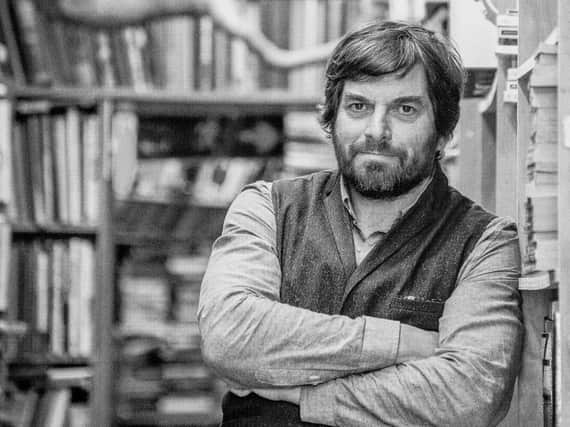

The letter was written by a young pilot in early 1918 to a Miss Birket and fulfilled his promise to her to send the book on.
Curious about the fate of the pilot Aronne sent the letter to his friend local historian Shaun Corkerry. Shaun recognised the letter as coming from a flying training school for the Australian Flying Corps based in Gloucestershire.
Advertisement
Hide AdAdvertisement
Hide AdThe letter is in fact just one chapter in the remarkable life and recently documented story of the pilot Arthur Leonard Long, a First World War veteran who was born in 1896 at Ti Tree, near Brighton in southern Tasmania. Educated in Hobart and the eldest of a large family, he was working for his uncles in the Palfreyman drapery store in Hobart, when in September 1914, an exciting aerial display took place at the show grounds. Mr Delfrosse Bagery had shipped a primitive aircraft from New South Wales to Tasmania, it was the first time Tasmanians had the opportunity to see a plane, and young Arthur was likely among the large crowd who had gathered to witness the event.
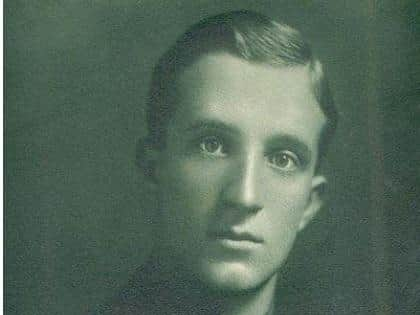

During the First World War, Arthur served for three years from May 1915 in the Medical Corps of the Australian Imperial Forces (AIF) in Egypt, England and France before being selected to join the Australian Flying Corps in November 1917.
Firstly, he underwent Flying training at 6 Flying Training School (FTS) Minchinampton where the letter to Miss Birket was written. 6 FTS was exclusively for training flyers for the AFC combat squadrons in France. He flew a variety of planes notably Sopwith Pups, SE5’s and Avro 504’s.
On completion of the course, Arthur was awarded his Wings and commissioned as a Second Lieutenant in April 1918 and then served in 2 Squadron AFC at the height of the German spring offensives. He flew many precariously low bombing and ground strafing missions in SE5s over France and Belgium, mainly targeting troop trains and aerodromes -even sustaining a shrapnel wound in his leg from his own bomb!
Advertisement
Hide AdAdvertisement
Hide AdHe was promoted to lieutenant in October 1918, and then remained on leave in England at the Graham-White company to gain experience of commercial aviation. Arthur was able to undertake two courses in aeronautics and civil aviation. He also purchased surplus aero engines from the RAF and also bought a new Boulton Paul P9 plane, specially fitted with wicker seats for the comfort of a passenger. The plane was tested, then taken apart and packed into 10 crates in readiness for shipping to Australia. He eventually returned to Australia in May 1919.
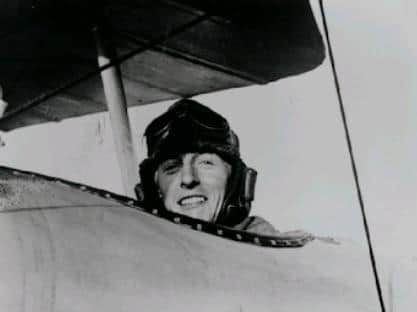

In Tasmania he thrilled the locals with aerobatic displays, pioneered aerial photography and commenced the first passenger flights between Hobart and Launceston, one passenger at a time! He also delivered newspapers to remote parts of Tasmania, but the lack of space in his little plane seriously hampered his capacity to grow his business. He even survived a mishap in the Tasmanian high country which required him and his mechanic to put the plane back together in Launceston.
By late 1919, a new challenge beckoned for Arthur. He was dreaming of flying to Melbourne, but he was challenged by news that another pilot was preparing for a Bass Strait crossing, the stretch separates Tasmania from Australia. His plane, made of fabric over a wooden frame, only about 18ft long with a wingspan of 24ft was not the most robust of aircraft, and most critically could not carry sufficient petrol and lubricating oil for the anticipated journey.
Arthur therefore had an improvised petrol tank fitted beside the pilot in the front seat, with a hand pump to top up the main tank along the way. Also, an extra oil container was fitted in the cockpit which could be tapped by a rope operated by the pilot. These innovations, however, meant there was no room for the mechanic, so Arthur had to wing it alone and he set out from Launceston for Stanley, the closest spot to Victoria and waited there for more favourable weather.
Advertisement
Hide AdAdvertisement
Hide AdArthur took off from Highfield in the early hours of December 17, 1919 flying at about 500ft due to a heavy wind and clouds. He did not see land for nearly three hours and about halfway across the strait, the rope connected to the oil reservoir broke and things looked grim, so the sight of land at Torquay was welcome. Arthur landed in a small field about a mile southwest of Torquay and with the engine still running, he managed to get the spare oil into the sump, jump aboard and take off without delay eventually to land at Careys Aerodrome, Port Melbourne, four hours, and 10 minutes after leaving Stanley. His average speed was about 112kph.
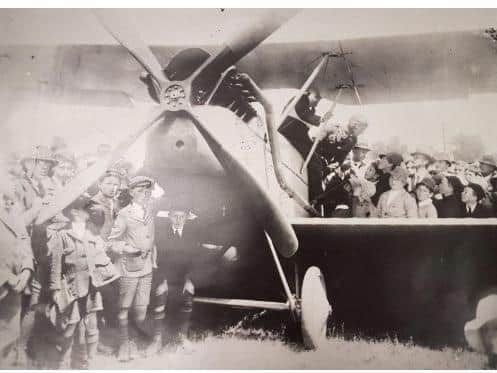

Following the flight Arthur became convinced there would be greater commercial opportunities in Victoria, so he set up a company named Aviation Limited and established a landing field to the north of the city, near the Glenroy railway station. He gathered a small group of pilots and planes to provide a variety of aerial services, such as joy flights, aerial photographs, and deliveries. The competition was keen and expenses high. In October 1921 Aviation Ltd folded and Long’s Boulton Paul and the airfield were sold.
In 1926, the Royal Historical Society of Victoria, at the instigation of Mr W Russell Grimwade, decided to create a memorial at Torquay “..to mark the notable achievement…”
As it was deemed impractical to build a memorial at the actual landing site, the trustees of the Torquay Public Reserve were approached to allow it on the Torquay foreshore where is stands today. There was an unveiling ceremony in November 1926, “in the presence of an assemblage of residents which included Arthur Long himself, who by then had forsaken aviation for (arguably) the less hazardous enterprise of stockbroking.”
Advertisement
Hide AdAdvertisement
Hide AdHe went on to be a successful stockbroker and Grazier and had a notable society wedding to a young actress. That marriage did not last long, however,but he did keep flying privately and also flew with 1 Squadron Citizen Air Force (a part time force equivalent to the Royal Auxiliary Air Force) from 1925.Arthur remarried in 1932 and had three children.
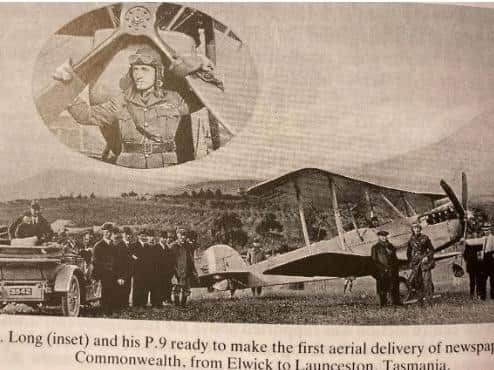

Called up in October 1939 Arthur flew again with the RAAF during World War II as a squadron leader, although not overseas, serving mainly at headquarters on admin duties. He was discharged in 1943 and died in 1954. His flight remains a groundbreaking and remarkable achievement so early in aviation history.